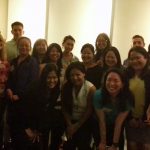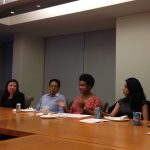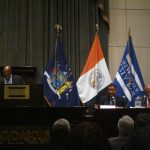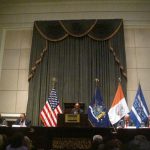
We are excited to announce that the Council of Urban Professionals is launching New York’s Next Diverse Leaders, an effort to identify and promote talented cross-sector leaders for consideration in the forthcoming New York City mayoral administration.
Coming on the heels of similar successful efforts by CUP to identify and place leaders of color and women in President Obama’s Administration in 2008 and 2012, and in Governor Cuomo’s Administration in 2010, we are excited to announce our initiative to ensure the next Mayor of New York City has a diverse slate of candidates to consider for top public sector roles.
We work every day at CUP to connect, empower and mobilize the next generation of diverse business and civic leaders. Through a series of forums, leadership development programs, and peer networks, CUP empowers aspiring diverse professionals to develop relationships, expertise, and opportunities that best position them for top leadership positions so that they can make a strong positive impact on organizations, as well as on the people and communities that the organizations serve.
To submit your resumé for a range of public sector roles, as well as New York City boards and commissions, please click here. To be considered, resumes must be received no later than 5:00 p.m. on Thursday, August 1, 2013.
Feel free to circulate this message and the instructions for resumé submittal to your networks. Once our new Mayor has been elected we will schedule an information session via conference call with a municipal administration official, who will explain their internal process further and answer any questions.
Your patience is greatly appreciated and we would also recommend that you continue to think of other connections in your network that may help advance your professional goals.
Best regards,

Chloe Drew
Executive Director, Council of Urban Professionals











